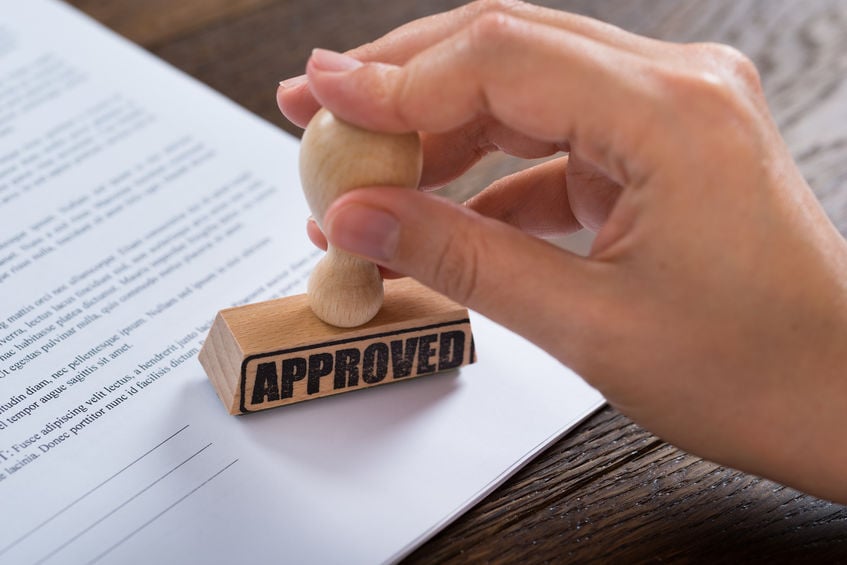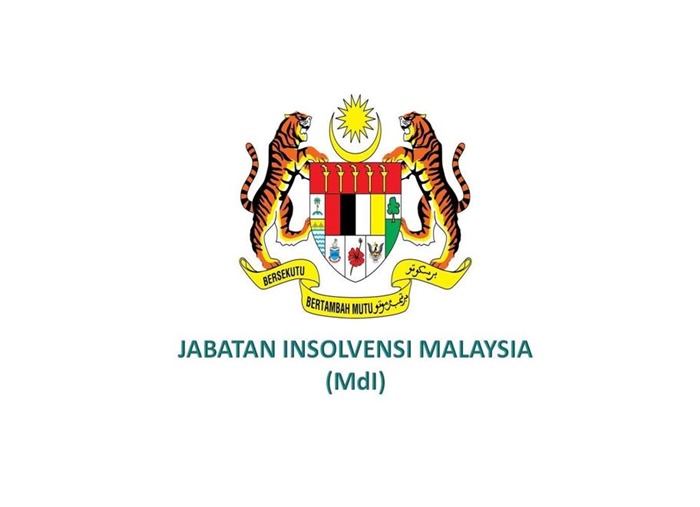Brendon Lee
24th January 2019 - 4 min read
We all know the importance of having an
Employees Dividend Fund (EPF) account: That special fund that can only be
accessed after retirement. But besides acting as a retirement nest egg did you
know that your EPF savings can be used to help you with some of your debt?
The mechanics
Every EPF account is broken down to Account
1 and Account 2. Every month 70% of your EPF contribution is allocated to
Account 1 while the remaining 30% goes to Account 2. Account 1 is off limits
until you reach the age of retirement but you can tap into your funds in
Account 2 for various investments such as buying a house or paying for a higher
education course.
Buying a house
You can withdraw from your EPF to service
a home loan if you’re purchasing residential property. There are many
circumstances and conditions for the maximum amount allowed but the withdrawal guideline
is either 10% of the house price or all of Account 2. To qualify, you would
need to provide the Sale and Purchase Agreement which is not more than 3 years
from the date of application among other related documents as listed in EPF’s
website.
Settling existing home loans
If you have an existing house loan, you can
lighten
the load with your EPF savings. You could either choose to settle a lump
sum payment (capital repayment) or opt to have EPF service the monthly repayment.
For a lump sum payment, the amount depends on how much you have available in
account 2 or the total balance of your loan whichever is lower.
For monthly repayments; you will also only
be allowed to take out the available balance from account 2. Calculating how
many payments you can make with the available balance and fill in the form
accordingly. EPF will block the entire amount and make the payments every month
automatically. However, this means that the full amount is removed from your
EPF account and you will not be receiving any interest from EPF on it. As such;
many customers prefer to take out lump sum amounts and have their banks convert
it into advance payments.
To perform either withdrawal method, you
will need to request for a balance statement from your bank. The statement is
specifically for EPF purposes and will contain details of the property as per
your Sale and Purchase Agreement as well as your loan details. The amount
withdrawn from EPF will then be credited directly to your home loan account. Your
Account 2 funds can also be used to reduce/redeem a housing loan on behalf of a
spouse or immediate family member. All withdrawals are subject to a minimum
withdrawal of RM500 or all of Account 2 savings.
For education purposes
If you have an education loan with PTPTN or
MARA, you can choose to repay in full or in part using your available balance
in Account 2. Similar to housing loan repayments; you will need to apply for a balance
report from PTPTN or MARA and submit this along with the relevant documentation
as required by EPF. This can be done by both the former student or his/her
parents.
Current and future students who did not
qualify for PTPTN or other loans can also fall back on the EPF of their parents
to finance
tuition fees. You can opt to withdraw once per academic year or each
semester. Be aware though that an interview is required every time you submit
an application for withdrawal. Make sure you do your homework before you apply.
Swing by the KWSP website to confirm if the education institution and course you
are enrolling your child with is recognised for EPF withdrawals. The amount you
are able to withdraw will be limited to either the amount of fees or the amount
you have available in Account 2, whichever is lower.
These are just a few options that are
available to as an EPF member. You can visit the KWSP
website for a full list of withdrawal purposes.








Comments (2)
This is rubbish, EPF gives about 5%-6% interest, and housing loan only cost 4%-5%, how can you recommend people to use EPF to pay off mortgage?
Let them be stupid.
It puzzled me for a long time.
Finally I saw your comment which answered the question in my mind for a long time